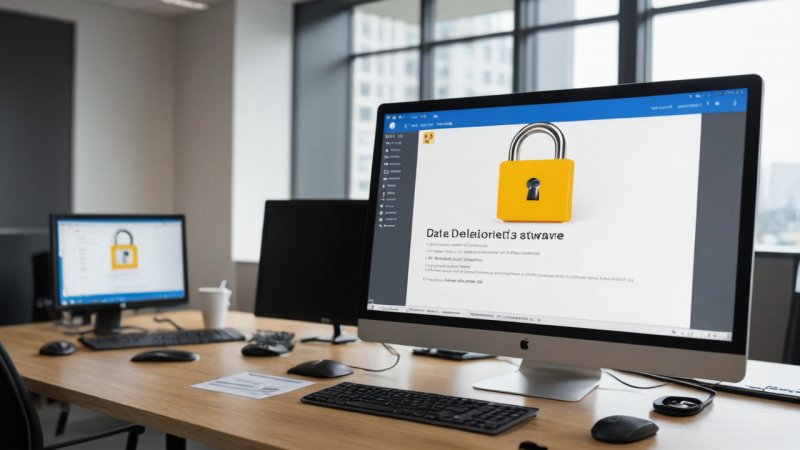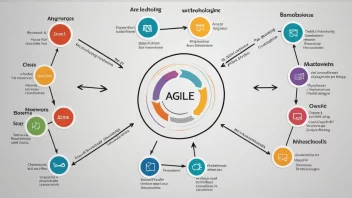Introduction
In an age where data breaches and privacy concerns are at an all-time high, securely deleting sensitive data is crucial for individuals and organizations alike. This article highlights the best practices for secure data deletion techniques, ensuring that your information remains confidential and protected from unauthorized access.
1. Understand Data Types
Before implementing any deletion technique, it’s important to categorize the types of data you possess. Sensitive data such as personal identification information (PII), financial records, and intellectual property require more stringent deletion methods compared to less sensitive data.
2. Use Data Wiping Software
Utilizing specialized data wiping software ensures that deleted files cannot be recovered. These tools overwrite the data multiple times, making it nearly impossible for anyone to retrieve it afterward. Examples include DBAN (Darik's Boot and Nuke) and Eraser.
3. Implement Physical Destruction
For extremely sensitive data stored on physical devices, such as hard drives or USBs, physical destruction is the most secure option. This can include shredding, crushing, or incinerating the device to ensure that data retrieval is impossible.
4. Follow Data Retention Policies
Establishing and adhering to data retention policies is essential. These policies dictate how long data should be kept and when it should be deleted. Regular reviews of data storage can help identify what can be safely deleted.
5. Use Encryption Before Deletion
Encrypting data before its deletion adds an additional layer of security. Even if data is recovered, it will be unreadable without the decryption key. This is particularly important for cloud storage solutions.
6. Securely Delete from All Storage Locations
Data can be stored in multiple locations, including cloud services, local devices, and backups. Ensure that deletion processes cover all possible areas where sensitive information might reside. This may involve checking cloud storage accounts, external drives, and even email attachments.
7. Document Deletion Processes
Keeping a record of data deletion processes is vital for compliance and auditing purposes. Documenting what data was deleted, when, and by whom can help organizations maintain accountability and adhere to data protection regulations.
Conclusion
Implementing these best practices for secure data deletion techniques will significantly enhance your data privacy and security. By understanding the types of data you handle, using proper tools, and following established policies, you can protect sensitive information from unauthorized access and potential breaches.






